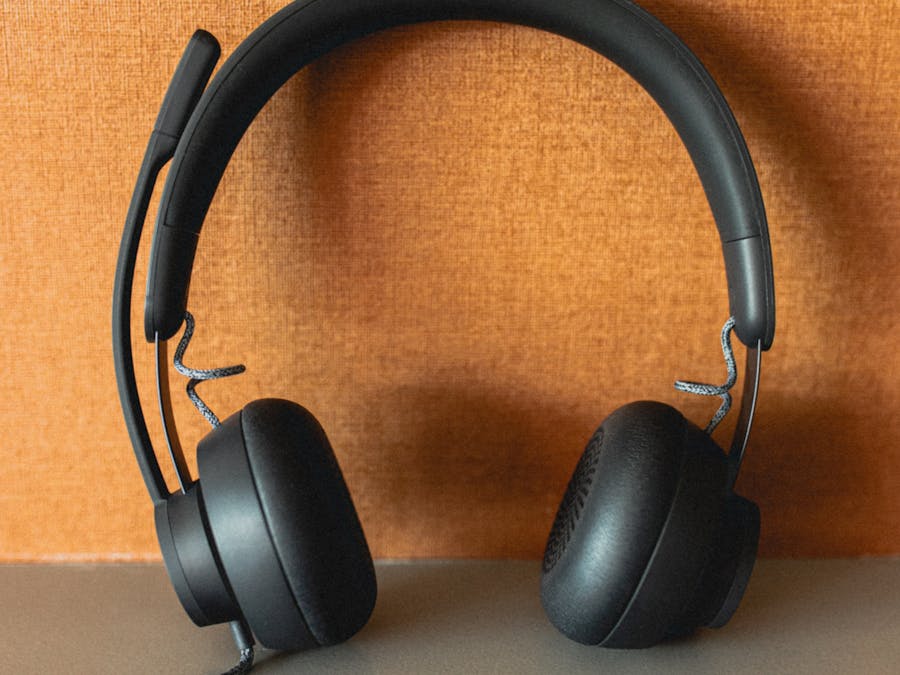 Piano Guidance
Piano Guidance
 Piano Guidance
Piano Guidance

 Photo: Thuyen Vu
Photo: Thuyen Vu
The “ped” marking indicates that you should press the pedal down, while the asterisk indicates that you should release the pedal. Pedal Markings in “I Giorni” by Ludovico Einaudi. Alternately, a line below the staff also indicates when to depress and release the pedal.

The good news for those who plan on self teaching piano is that it is simpler than ever to do so, with more learning material being produced all...
Read More »
Digital pianos/keyboards just use built-in pre-recorded sounds, so there is no mechanism that can gradually become out of tune in the way that the...
Read More »
These are the best Yamaha keyboards and digital pianos right now: Yamaha CLP-735. Yamaha CP88. Yamaha YDP-103. Yamaha P-125. Yamaha YDP-165. Yamaha...
Read More »
once a week How often should piano lessons be? Piano lessons are typically done once a week. This is the universal standard for most piano...
Read More »
Pianoforall is one of the most popular online piano courses online and has helped over 450,000 students around the world achieve their dream of playing beautiful piano for over a decade.
Learn More »
Yes, she is a Light Lyric Soprano. What is Ariana Grande's highest note? Ariana's highest note is an E7, the second E above Soprano C, or the E...
Read More »
The average mass produced piano lasts 30 years. Hand-crafted pianos last substantially longer, often exceeding 50 years. Over time, the piano will...
Read More »
Pianoforall is one of the most popular online piano courses online and has helped over 450,000 students around the world achieve their dream of playing beautiful piano for over a decade.
Learn More »This is a case where playing the sostenuto pedal on the left hand E’s would help them sustain throughout the measure so that the left hand could quickly move on to the following chords. Meanwhile, the pianist would use the sustain pedal to help the chords to sustain and connect without disrupting the continuous sound of the bass E’s. Using the sostenuto pedal can be a little complicated, but honestly, it’s pretty rare to have to use it. It’s a relatively recent addition to the piano, as it started to become a common feature in the second half of the 1800s. A lot of piano repertoire had already been written before it was available. However, if it is notated in the music to use the sostenuto pedal, you’ll see an abbreviation such as “sos.” or “S.P.” You may even find occasions to use it when it is not marked. Any time your left hand needs to be sustaining a chord and simultaneously playing another voice would be an excellent time to try it out!

thirty years How Often Should A Piano Be Restrung? A general rule of thumb is that all of the strings in a piano should be replaced every thirty...
Read More »
Her vocal colour Adele's range is not the most impressive weapon in her arsenal, (Mariah Carey, Whitney Houston and Bruno Mars all have wider...
Read More »
In music theory, an eleventh chord is a chord that contains the tertian extension of the eleventh. Typically found in jazz, an eleventh chord also...
Read More »
Despite the declining industry in the United States, the piano is one of the most popular instruments in the world and nowhere is it more popular...
Read More »